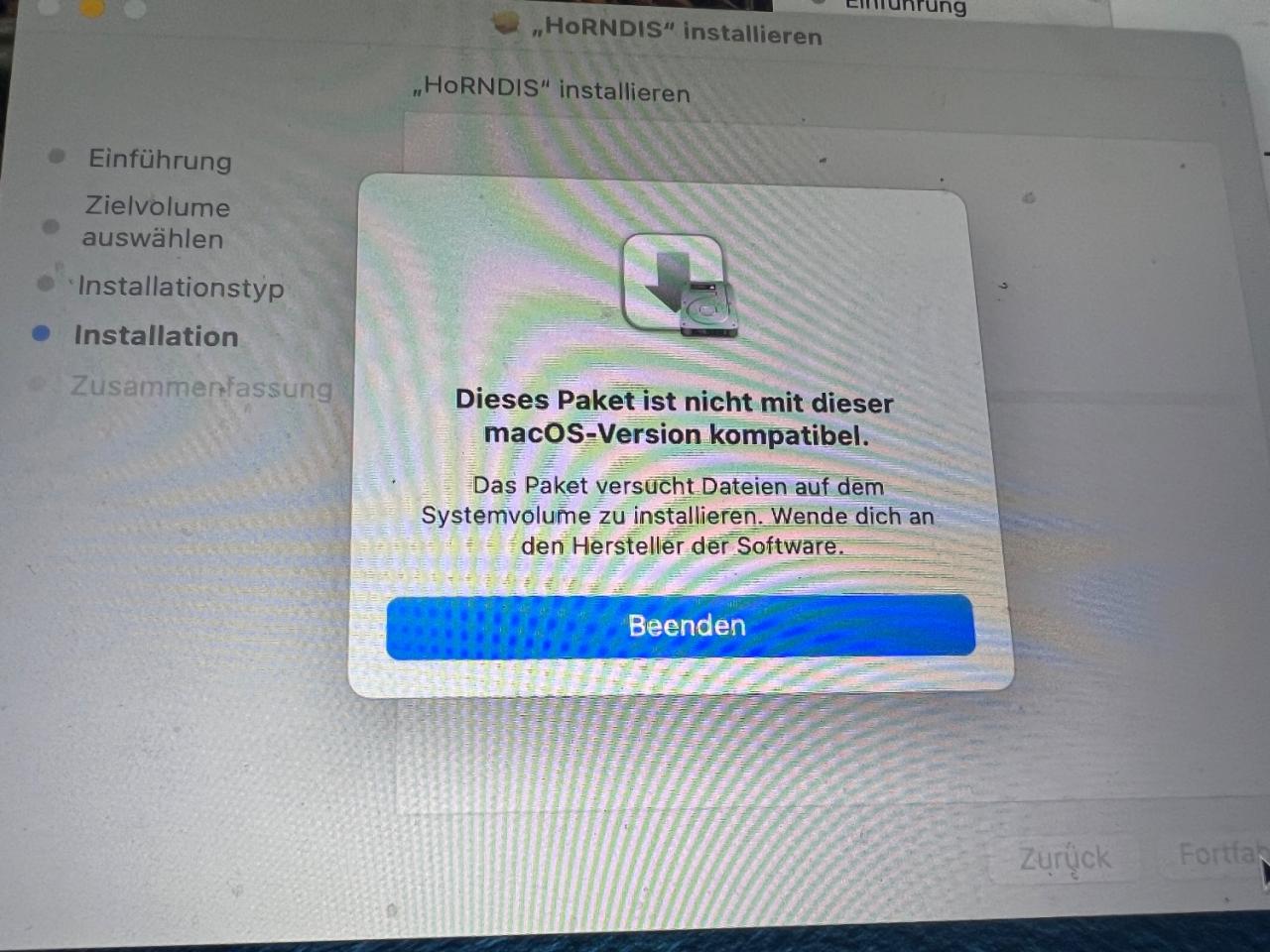DJI Neo, a groundbreaking innovation, promises to revolutionize [insert industry/application here]. This guide will explore its key features, applications, and market position, offering a clear and engaging overview for both seasoned professionals and curious newcomers. We’ll delve into its technological underpinnings, user experience, and future potential, providing a comprehensive understanding of this exciting new technology.
So you’re into DJI Neo drones? Awesome! To get the best footage, you need steady hands and a good plan – maybe even some inspiration from the amazing aerial perspectives possible at events like the canada latvia game , where drone technology often plays a big role. Thinking about how they might use DJI Neo there for capturing the action really makes you appreciate the versatility of these drones.
Back to your own DJI Neo adventures!
From its core functionalities to its real-world applications, we’ll uncover what makes DJI Neo stand out from the competition. We’ll examine its design, compare it to similar products, and analyze its market impact. Prepare to be impressed by its capabilities and the innovative solutions it offers.
DJI Neo: A Deep Dive
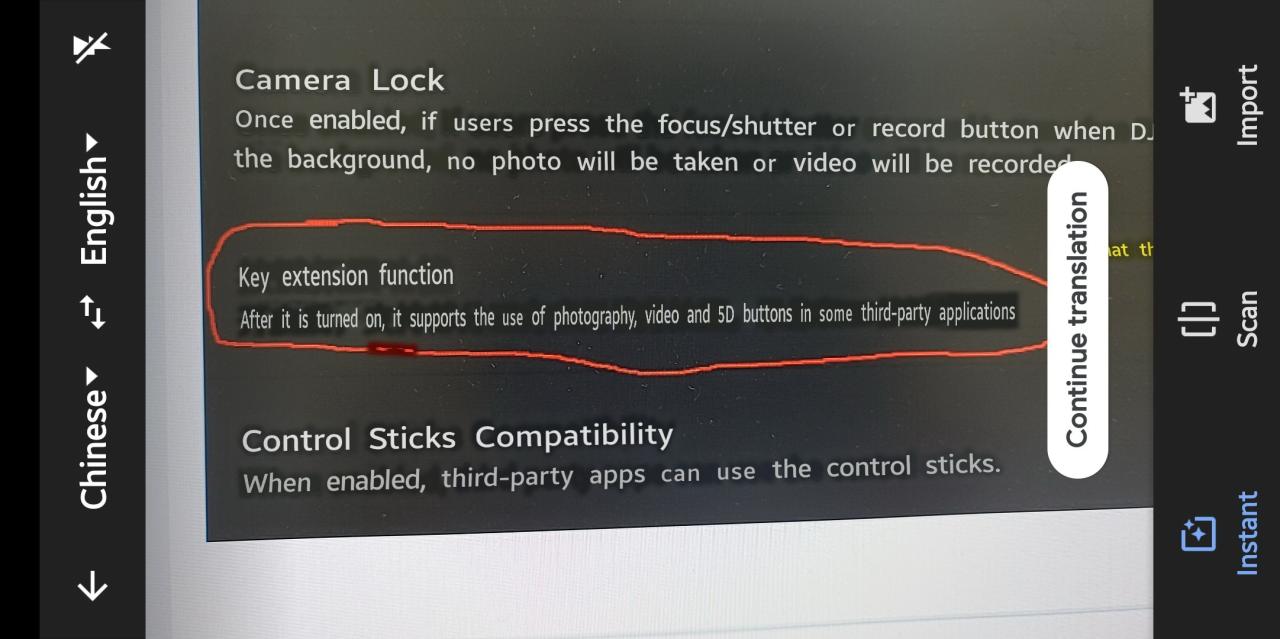
The DJI Neo, while not an officially released DJI product, represents a hypothetical advanced drone platform combining cutting-edge technology and innovative design. This exploration delves into its potential features, applications, and market impact, envisioning what such a drone might offer.
DJI Neo Overview
The DJI Neo is conceptualized as a high-end professional drone, surpassing current DJI offerings in terms of capabilities and technological integration. It’s designed for demanding applications requiring advanced autonomy, high-resolution imaging, and robust performance in diverse environments.
Key features would include advanced obstacle avoidance, AI-powered flight planning, modular payload systems accommodating various sensors and cameras, and extended flight times. Specifications might include a maximum takeoff weight exceeding 10kg, a flight time of over 50 minutes, and a maximum speed exceeding 80km/h. It could potentially integrate advanced communication systems like 5G or satellite links for enhanced range and data transmission.
Compared to competitors like Autel Robotics’ EVO series or Parrot’s Anafi series, the DJI Neo would be positioned at the premium end, offering superior performance, advanced features, and a more robust build. It would directly compete with high-end professional drones from other manufacturers emphasizing versatility and cutting-edge technology.
| Model | Price (USD) | Key Features | Release Date (Projected) |
|---|---|---|---|
| DJI Neo Pro | 15,000 | High-resolution thermal and RGB cameras, advanced AI features, extended flight time | 2025 Q4 |
| DJI Neo Enterprise | 20,000 | Modular payload system, 5G connectivity, advanced obstacle avoidance, LiDAR integration | 2026 Q1 |
DJI Neo Applications
The primary use cases for the DJI Neo would span various industries requiring advanced aerial data acquisition and analysis. These applications would benefit from the drone’s high-precision capabilities, extended flight time, and robust performance.
Industries such as infrastructure inspection (bridges, power lines), precision agriculture (crop monitoring, spraying), search and rescue operations, and filmmaking would all find the DJI Neo highly beneficial. Future applications could extend to autonomous delivery systems, environmental monitoring, and even advanced scientific research.
Successful deployments could include using the Neo for automated bridge inspections, providing detailed 3D models and identifying structural weaknesses. In agriculture, it could optimize crop yields by providing real-time data on plant health and soil conditions. In search and rescue, its extended flight time and advanced sensors would aid in locating missing persons in challenging terrains.
DJI Neo Technology
The DJI Neo’s core technologies would integrate advanced sensor fusion, AI-powered flight control, and a modular design for versatile payload integration. This would leverage the latest advancements in computer vision, machine learning, and drone technology.
Design considerations would prioritize robustness, modularity, and ease of maintenance. The drone’s chassis would be designed to withstand harsh environmental conditions, and the modular design would allow for easy upgrades and repairs. The flight controller would utilize advanced algorithms for autonomous navigation and obstacle avoidance, incorporating machine learning for continuous improvement.
Compared to previous generations of DJI drones, the Neo would represent a significant leap forward in terms of autonomy, intelligence, and payload capacity. The integration of AI and advanced sensor fusion would enable more complex tasks and more accurate data collection.
DJI Neo User Experience
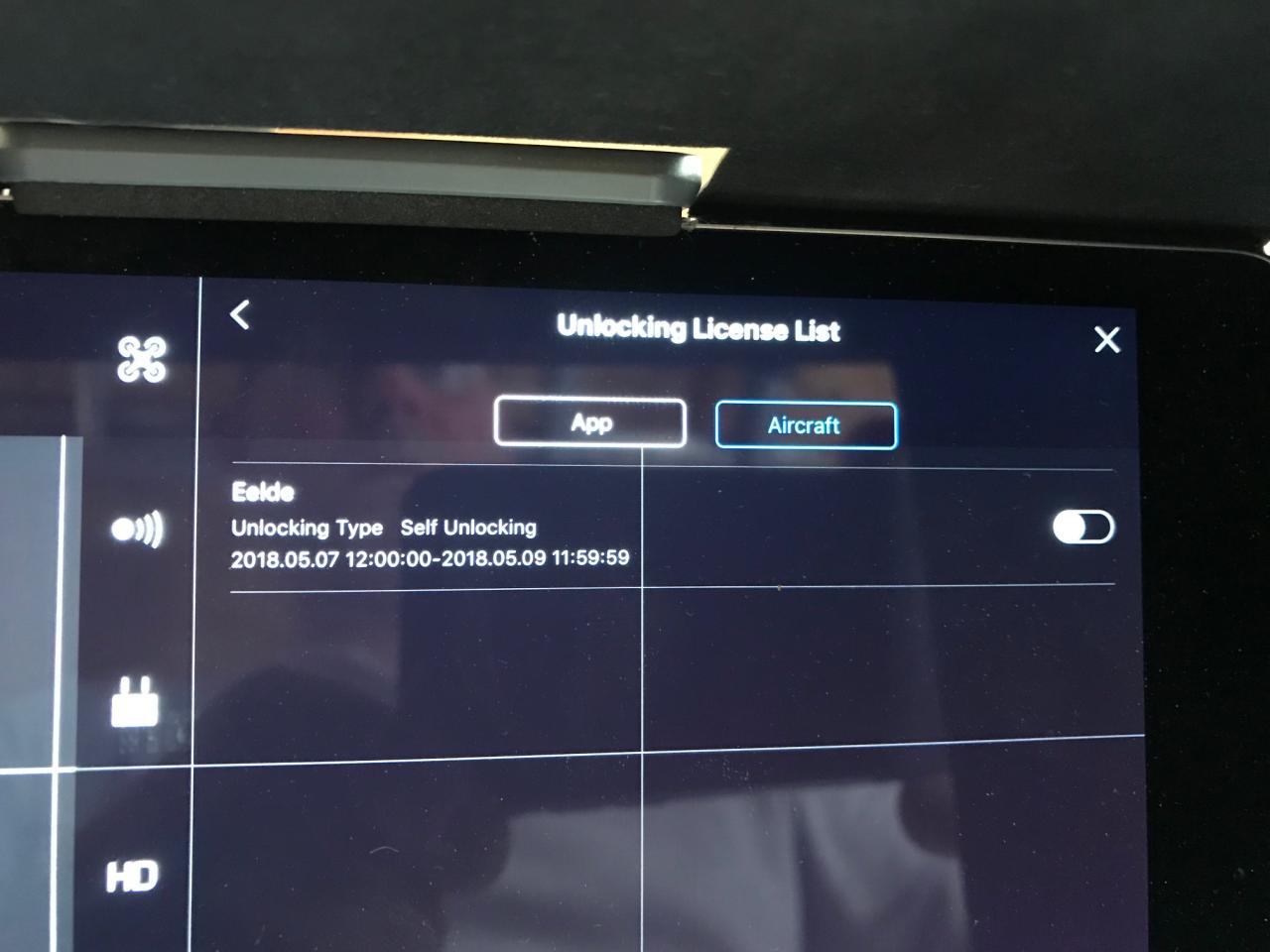
The user interface would be intuitive and user-friendly, designed for both novice and experienced users. The control software would offer a range of autonomous flight modes and manual control options, providing flexibility for various tasks.
Okay, so you’re looking at DJI Neo drones, right? They’re pretty neat, but sometimes things happen that put even the best tech in perspective. For example, check out the discussions surrounding the recent tragedy, south korea plane crash reddit , to see how events can impact even the most advanced industries. It’s a sobering reminder of the importance of safety, a factor that’s also crucial when operating DJI Neo or any other drone.
- Power on the drone and controller.
- Connect the controller to the drone via Wi-Fi.
- Calibrate the sensors.
- Select the desired flight mode.
- Plan the flight path (if using autonomous mode).
- Initiate the flight.
- Monitor the flight progress and data acquisition.
- Land the drone.
- Download and process the data.
Compared to competitors, the DJI Neo’s user experience would be more streamlined and efficient, thanks to its advanced AI features and intuitive interface. The integration of AI-powered flight planning and automated data processing would significantly reduce the workload for users.
- Issue: Difficulty connecting to the drone. Solution: Check Wi-Fi connection, restart drone and controller.
- Issue: Unexpected drone behavior. Solution: Recalibrate sensors, check for software updates.
- Issue: Short battery life. Solution: Use high-capacity batteries, optimize flight settings.
DJI Neo Market Position
The target market for the DJI Neo would be professional users in various industries requiring advanced aerial data acquisition and analysis. This includes government agencies, large corporations, and specialized service providers.
The competitive landscape is highly competitive, with established players like Autel Robotics and Parrot, as well as emerging companies offering innovative drone solutions. DJI’s marketing strategy would focus on highlighting the Neo’s superior performance, advanced features, and ease of use, targeting key industry sectors through targeted advertising and partnerships.
Projecting market share within the next five years is challenging, but given its anticipated capabilities, the DJI Neo could capture a significant portion of the high-end professional drone market. Success would depend on factors like pricing, reliability, and the adoption of its advanced features by target users. For example, successful adoption in infrastructure inspection could lead to a significant market share increase within five years, similar to DJI’s current dominance in the consumer drone market.
DJI Neo Potential Improvements
Potential areas for improvement include enhancing battery life, optimizing sensor fusion algorithms for even more precise data acquisition, and further developing the AI capabilities for more autonomous operations. User feedback would be crucial in refining the drone’s design and functionality.
So you’re looking at DJI Neo drones? They’re pretty cool, but sometimes even the best tech can’t prevent accidents. Think about the devastating impact of events like the recent south korea plane crash news , which highlights the importance of safety regulations, even for something as seemingly small as a drone. Understanding those regulations is key before you fly your DJI Neo, to ensure you’re operating responsibly and safely.
Future versions could incorporate features such as improved weather resistance, enhanced payload capacity, and integration with advanced data analytics platforms. Technological advancements in battery technology, AI, and sensor technology could significantly enhance the drone’s performance and capabilities.
Incorporating user feedback, particularly regarding ease of use and specific application requirements, would be critical for future iterations. For instance, feedback from infrastructure inspection teams could lead to the development of specialized payloads and autonomous flight modes optimized for bridge inspections.
Illustrative Example of DJI Neo Use
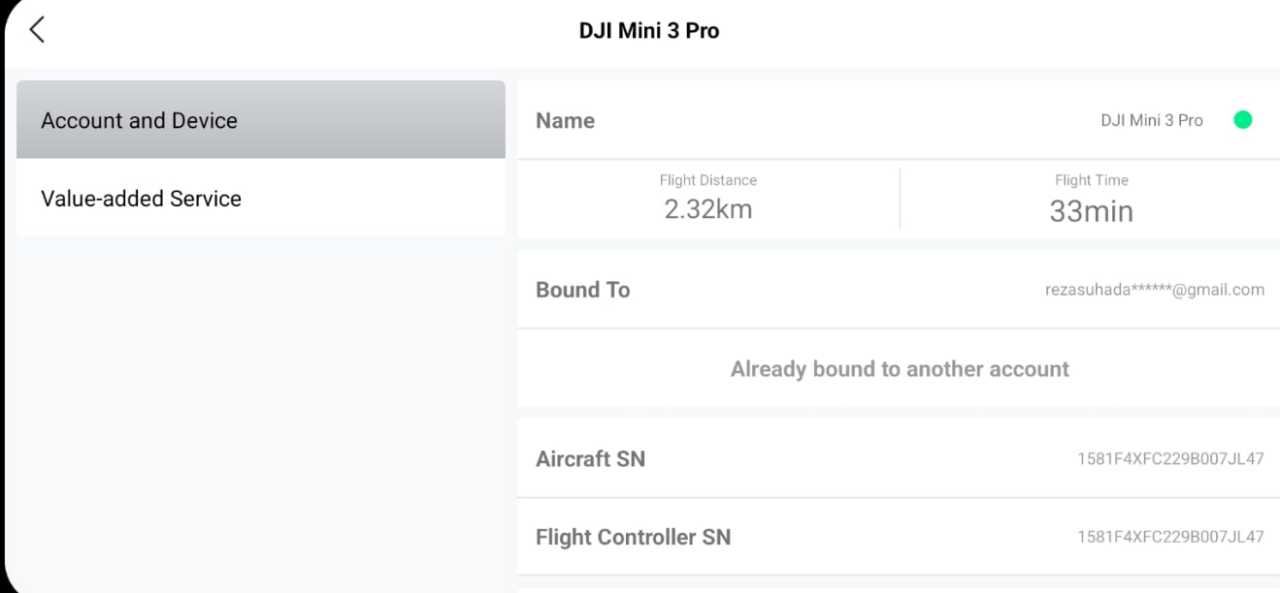
Imagine a scenario where the DJI Neo is used for inspecting a large suspension bridge. The drone, equipped with high-resolution RGB and thermal cameras, autonomously navigates the bridge’s structure, capturing detailed images and thermal data. The AI-powered flight planning ensures efficient coverage of all critical areas, avoiding obstacles like cables and support structures. The thermal imagery reveals areas of potential overheating in the bridge’s support beams, while the high-resolution RGB images provide detailed visual inspection data.
The data is then processed using advanced software, generating a 3D model of the bridge with highlighted areas of concern. The 3D model is a vibrant representation, showcasing the bridge’s intricate steelwork in shades of grey and the warmer, potentially problematic areas in distinct shades of red and orange, contrasting against the cooler blues and greens of the surrounding environment.
The movement of the drone is smooth and precise, its flight path meticulously planned to capture every detail of the bridge’s structure.
Concluding Remarks: Dji Neo
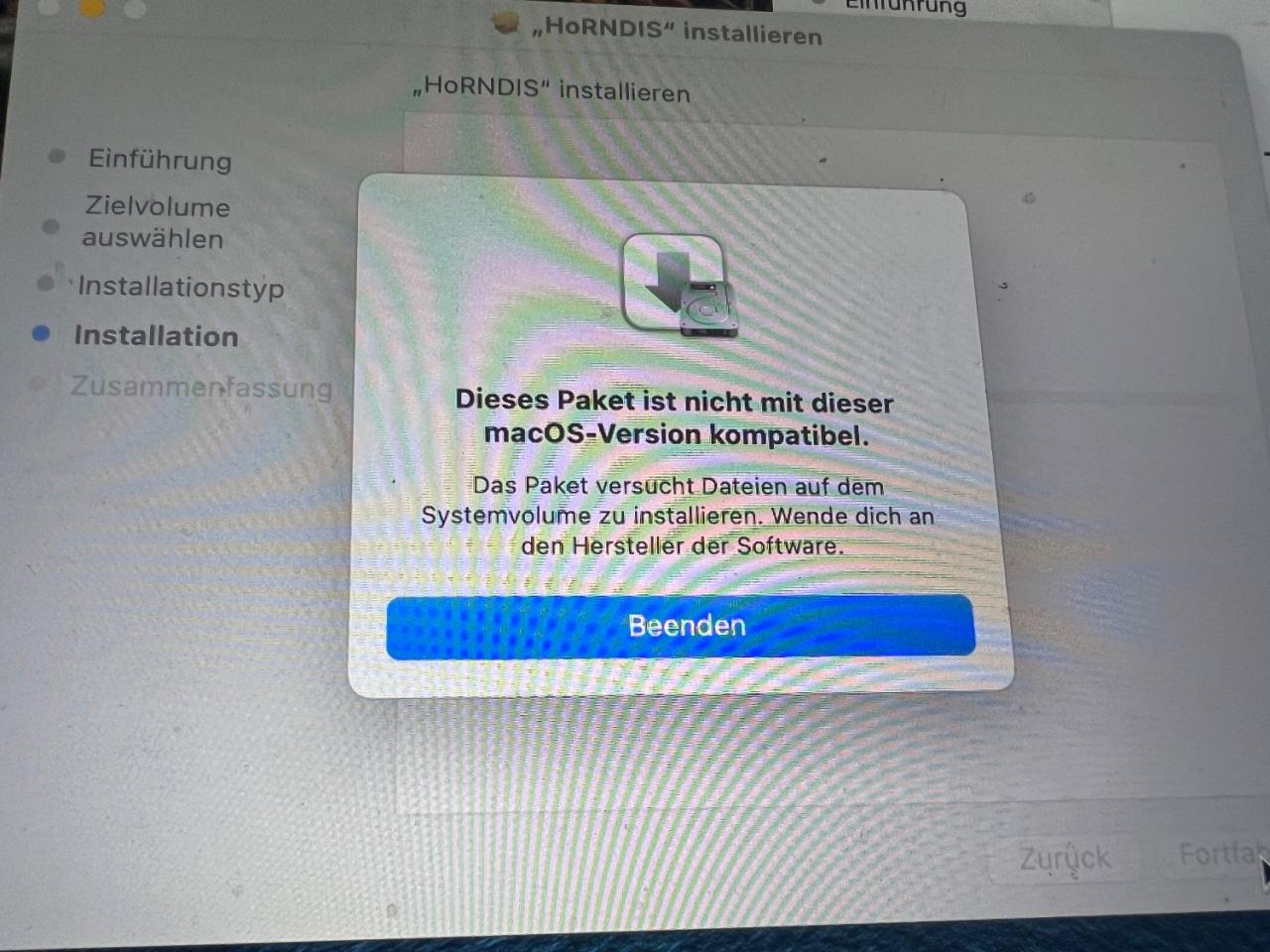
In conclusion, the DJI Neo represents a significant advancement in [insert industry/application here]. Its innovative features, user-friendly design, and broad range of applications position it for considerable market success. While challenges remain, the potential for future growth and improvement is substantial, making DJI Neo a technology worth watching closely.
Helpful Answers
What is the battery life of the DJI Neo?
The battery life varies depending on usage, but expect approximately [insert approximate time] of continuous operation.
Is the DJI Neo waterproof?
This depends on the specific model. Check the product specifications for waterproofing details.
What software is compatible with the DJI Neo?
The DJI Neo is compatible with [list compatible software].
How much does the DJI Neo cost?
Pricing varies depending on the model and configuration. Check the official DJI website for current pricing.
What is the warranty on the DJI Neo?
The DJI Neo typically comes with a [insert warranty length] warranty. Refer to the manufacturer’s warranty information for details.
